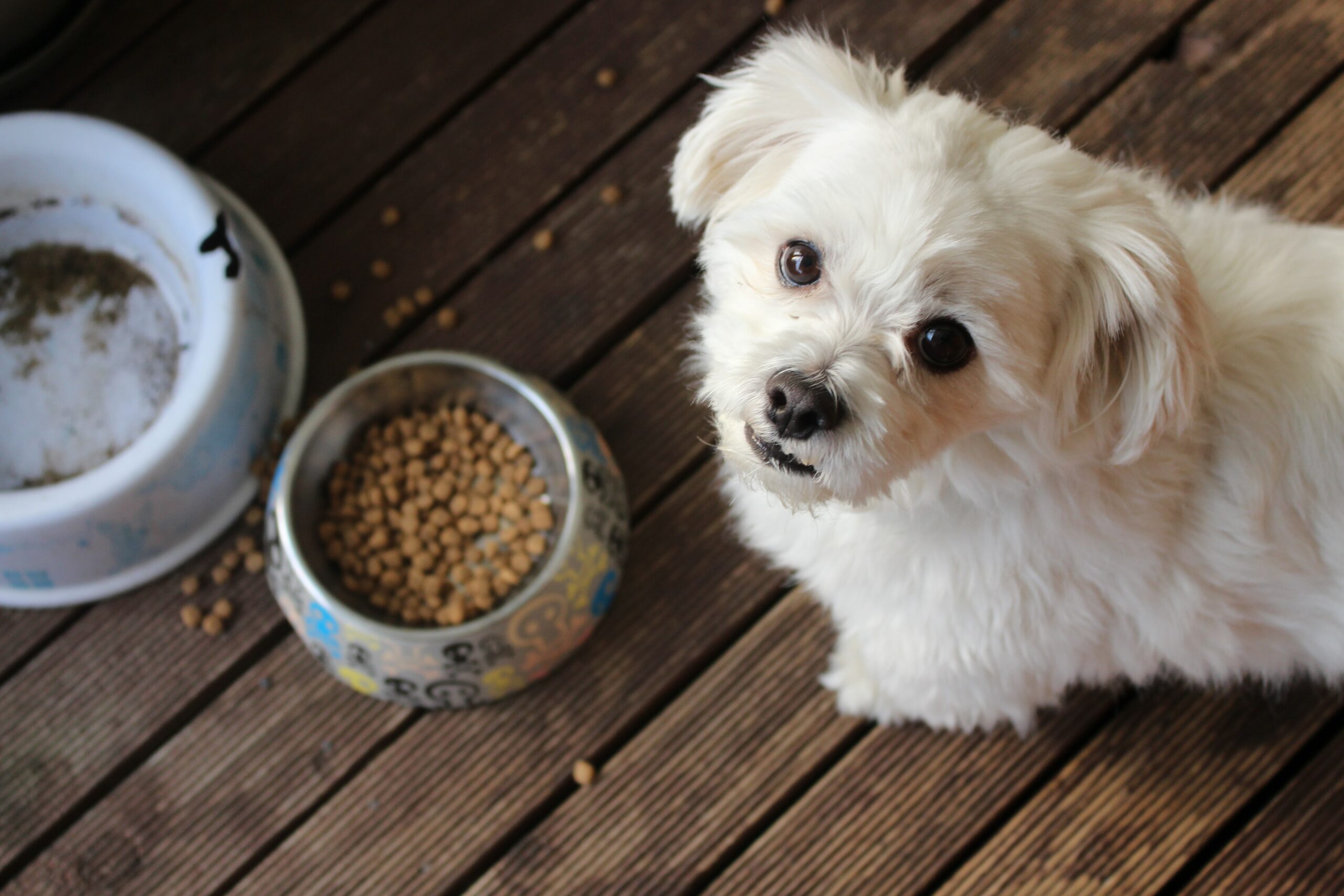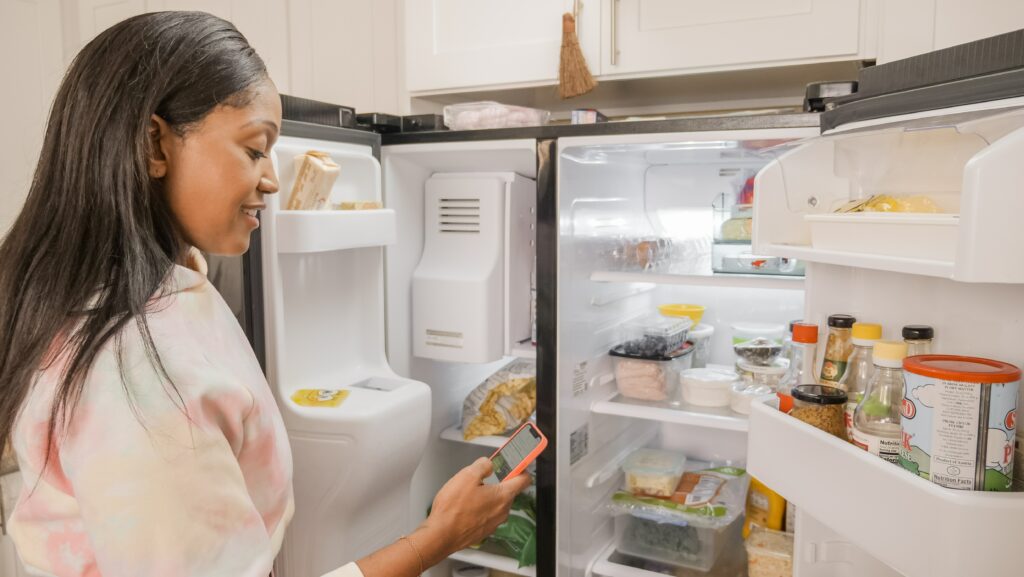
We are what we eat. The same is true for our pets. While selecting quality pet food is important, storing pet food properly plays a vital role in maintaining the quality and freshness of the food your pet is eating.
In this article, we will offer you some tips on how to properly store your pet food.
Storage of Dry Food
Store at Optimal Temperature
According to the US Food & Drug Administration, pet food should be kept indoors at a cool temperature not more than 26.7°C with low humidity. When exposed to high temperatures or humidity, the fats in pet food may become rancid and the vitamins in the food may break down. In addition, high temperature and humidity would allow mold and bacteria to spread easily.
Moreover, freezing your pet food is not recommended as the moisture in the freezer may lead to mold growth.
Seal Pet Food Tightly

Like all other food, pet food is prone to oxidation. The presence of oxygen deteriorates the quality of food, making it go rancid and ruining the flavor. It speeds up the chemical reactions in food, which results in browning and foul odors. If you are not attentive to the visual change of the kibbles, your pet may fall sick after eating it in the worst case.
Hence, after opening the package, you should try to squeeze out the air and seal it up to minimize the food’s contact with air.
Keep in Its Original Packaging

One mistake a lot of pet parents make is to pour dry food out of its original packaging into a re-sealable plastic bag or an air-tight container for storage. Studies have shown that plastic bags or containers may pass on an odor to the kibbles that alters its taste.
Many dry food packaging comes with an oil-resistant liner that acts as a fat-barrier to retain the integrity of the food. On the contrary, plastic bags and containers may not be able to retain the fats inside the food. After a while, a yellow color stain is often observed in the plastic materials used to store pet food.
Another advantage of keeping pet food in its original packaging is that the UPC code, lot number, & best-by date are readily available in rare cases of a product recall.
If you prefer to keep your pet food in a container, put the entire bag into the container instead of pouring the content directly into it. The main purpose of the pet food storage containers are to keep the food securely from your pets, pests and adverse environmental conditions.
Clean the Container Regularly
If you keep your pet food in a container, clean it regularly. Constantly topping up the food by mixing the new batch with the old ones is not recommended. This is because failure to remove the leftover crumbs might lead to the build-up of bacteria and mold which may contaminate the food.
Furthermore, mixing food of different batches may lead to confusion over the expiry date.
Storage of Wet Food
Keeping It Cool

Before it is opened, canned food can be stored at a room temperature with low humidity. Once opened, it is recommended to keep the canned food inside the fridge. This preserves its moisture and reduces the transfer of odors to other food. Do not place canned food inside the freezer as it could change the texture and taste of the food.
Wrap It Up

Once the can has been opened, it is recommended to wrap it up with a cling wrap or cover it with a lid before storing it in the fridge. This will help to minimize the exposure of the food to oxygen.
Always Double Check
As a final reminder, it is always important to check the condition of your pet food before feeding it to your pet. A change in color, texture, or smell of the food may be a telling sign that the food has gone bad.
Good pet food storage practice will help to retain the freshness and the nutrients of your pet’s every meal.






























